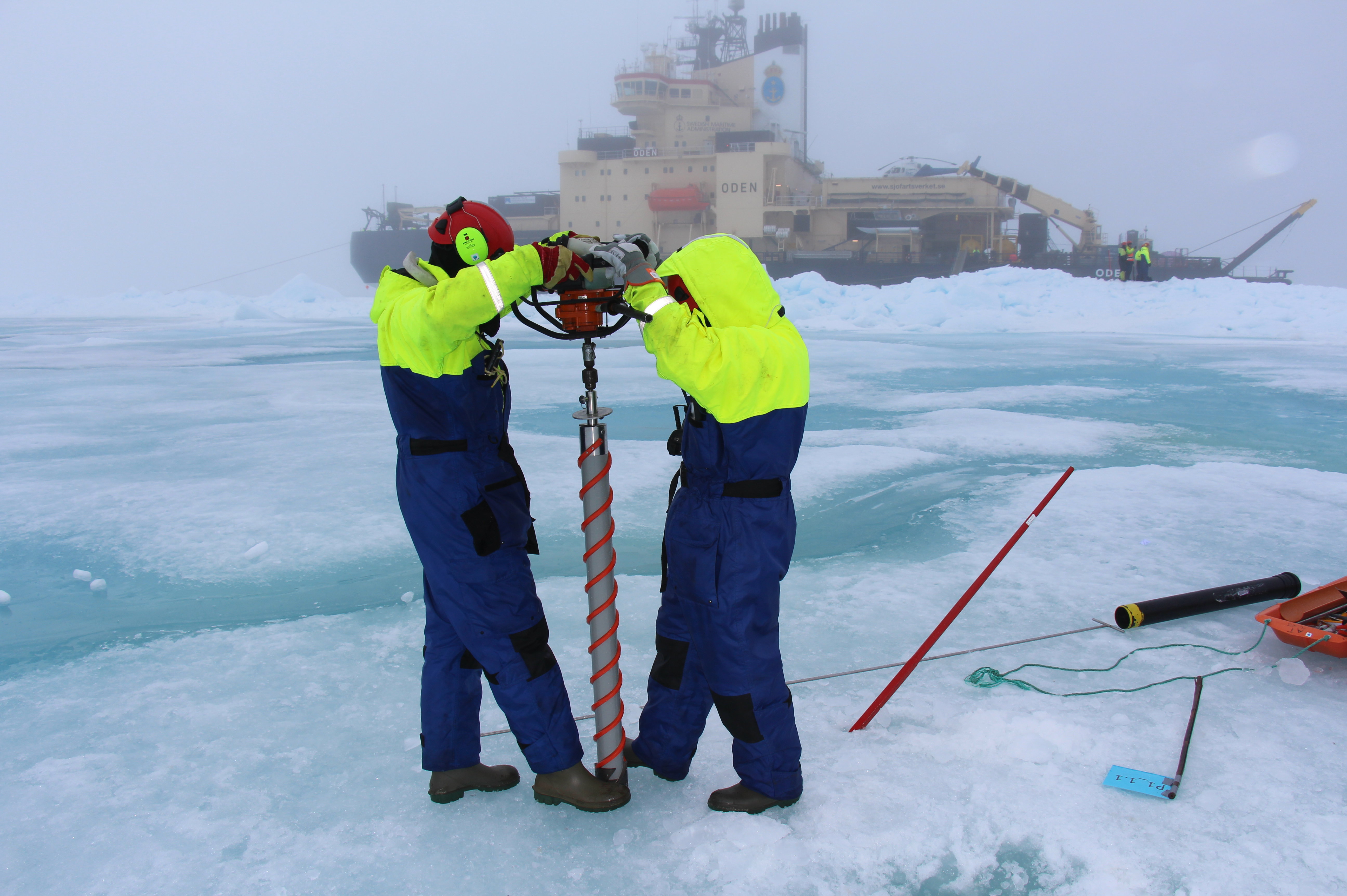Track Hydraulic and Offshore Structures
Picture a world powered by renewable energy from wind turbines at sea. Imagine a high-speed shuttle connection between London and New York in a submerged tunnel, and new cities floating on the ocean, while important world heritage, such as the cities of Venice and Amsterdam, is protected against the ever-present danger of the surrounding water. Envisage the 21st century.
As a hydraulic and offshore structures engineer, you face some of the most complicated civil engineering challenges. You are indispensable in turning the energy transition into a success, whereas you develop the solutions for our society to adjust to the untenable consequences of climate change. During your master, you are trained to become an expert in designing solutions that require a thorough understanding of structural, hydraulic and soil mechanics. After your graduation, you are a high-level professional, skilled in performing in complex multi-disciplinary and multi-cultural environments. You know how to deal with risks and uncertainties and how to find economically sound technological solutions in a context rendered by a wide variety of interests and ethical values.
Key features
➨ Create civil engineering solutions in hydro-dynamic environments.
➨ Ensure the structural reliability and sustainability of these solutions.
➨ Assess the solutions against the full life-cycle requirements.
➨ Define the gaps in existing knowledge and design models and experiments that contribute to advancing the field.
➨ Operate in close collaboration with the industry, research institutes, governments and NGOs.
| Highlighted Student Story
Drop it! Kick-start for oysters at offshore wind farms
Splash…slowly a cube-shaped structure sinks to the bottom of the Delta flume at TU Delft’s Waterlab. A camera is recording every movement. Will it be a soft landing? And what will happen when the flume goes into stormy weather mode?
Deltaweek hackathon
Students crafting flood resilience during hackathon
During the 182nd Dies Natalis of TU Delft, we delved into the theme of "Redesigning Deltas" to underline that we need rethink our approach to keep deltas around the world safe and liveable in the future. As part of the preceding Delta week, we organised a hackathon. Watch the aftermovie!
Research examples
Gentle Driving of Piles
Currently we drive monopiles – huge long steel structures - into the ocean floor for the foundation of wind turbines at sea.Within this project a novel method for driving piles is developed inspired by how we open champagne bottles – twisting the cork before it tops. This new shaker has been demonstrated to drive the piles smoothly and quickly.
Delft model protects wind turbines from sea ice
Researcher Hayo Hendrikse (CEG) has developed a new model that gives accurate calculations of the effects of sea ice on offshore structures, such as wind turbines and oil and gas platforms. It turns out that ice causes less wear and tear in these structures than was previously assumed.
